


Price Monitoring vs Price Intelligence for US Retailers Impact Profitability by guiding competitive pricing strategies and sustaining consumer trust.
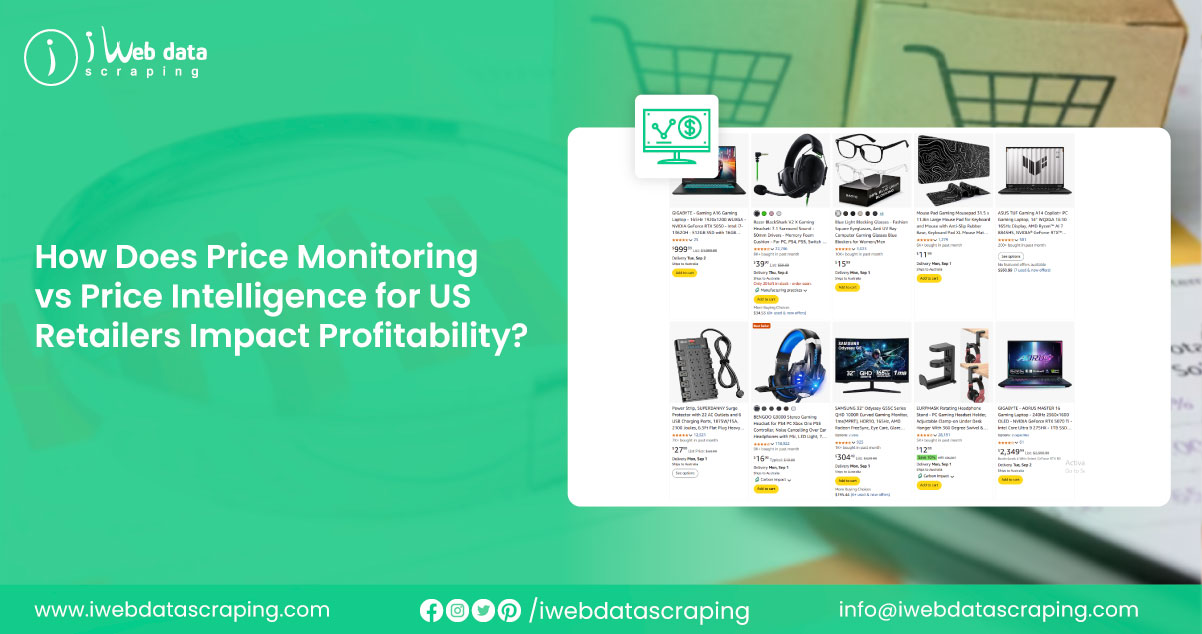
In today’s rapidly evolving retail landscape, data has become the cornerstone of competitive advantage. U.S. retailers are no longer relying solely on brand presence or product quality; pricing precision now plays a pivotal role in driving market share. The ability to track, analyze, and respond to competitor pricing can determine whether a business thrives or falls behind.
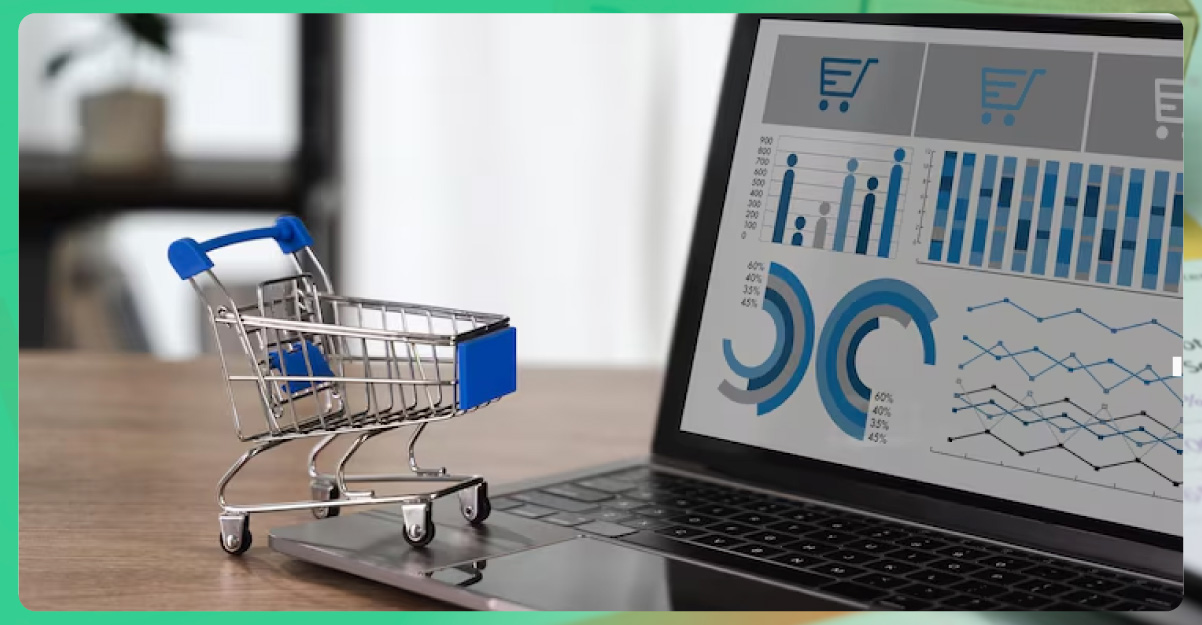
Price monitoring refers to the process of tracking competitor prices regularly, usually through automation or scraping solutions. Retailers and brands use monitoring to ensure their product prices remain competitive across different platforms and marketplaces.

Price intelligence goes beyond tracking. It is the practice of analyzing competitor pricing data, consumer behavior, and broader market trends to drive strategic decision-making. Price intelligence combines monitoring with advanced analytics to understand the “why” and “what next.”
Key features of price intelligence include:
This deeper layer of analysis makes intelligence indispensable for businesses seeking not only to compete but thrive.
| Aspect | Price Monitoring | Price Intelligence |
|---|---|---|
| Definition | Tracking competitor prices regularly. | Analyzing competitor data for strategic insights. |
| Focus | “What” competitors charge. | “Why” prices shift and “What” actions to take. |
| Primary Use | Stay competitive in real-time. | Predict and plan long-term pricing strategies. |
| Data Depth | Limited to raw price points. | Incorporates reviews, demand, and seasonal context. |
| Tools Used | Scraping bots and dashboards. | Advanced analytics, AI, and BI platforms. |
| Outcome | Competitive alignment. | Strategic advantage and profitability growth. |
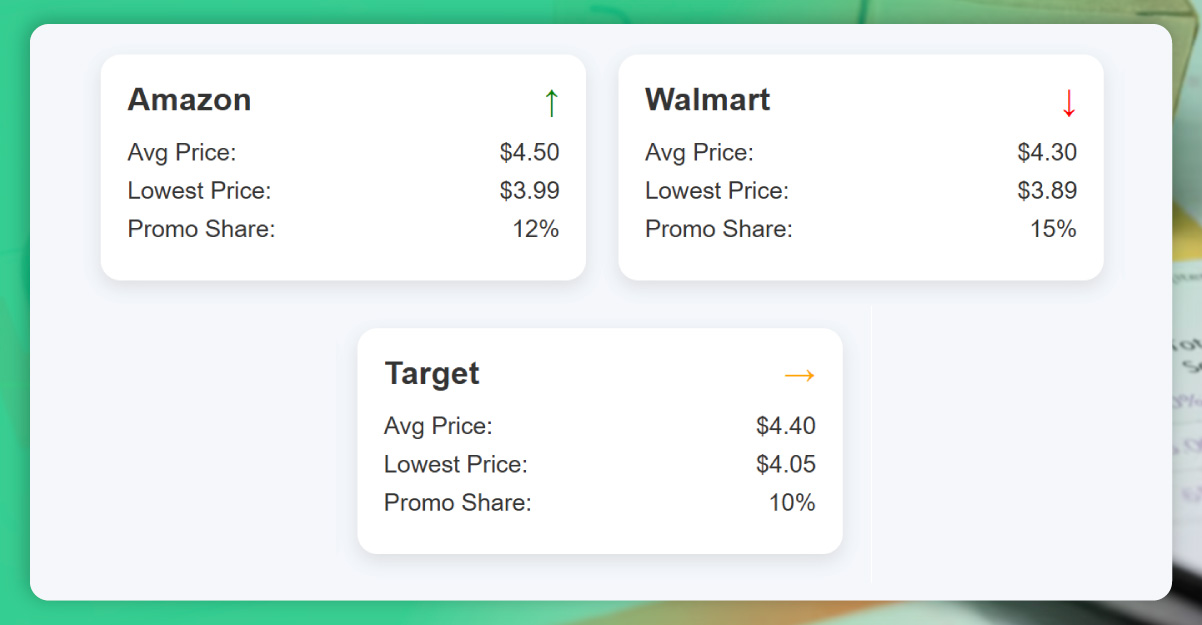
Even though price monitoring is often considered the “first step,” it is still a powerful tool. Many retailers rely on Scraping Retail Pricing Data for U.S. Market Trends to benchmark their products against competitors daily.
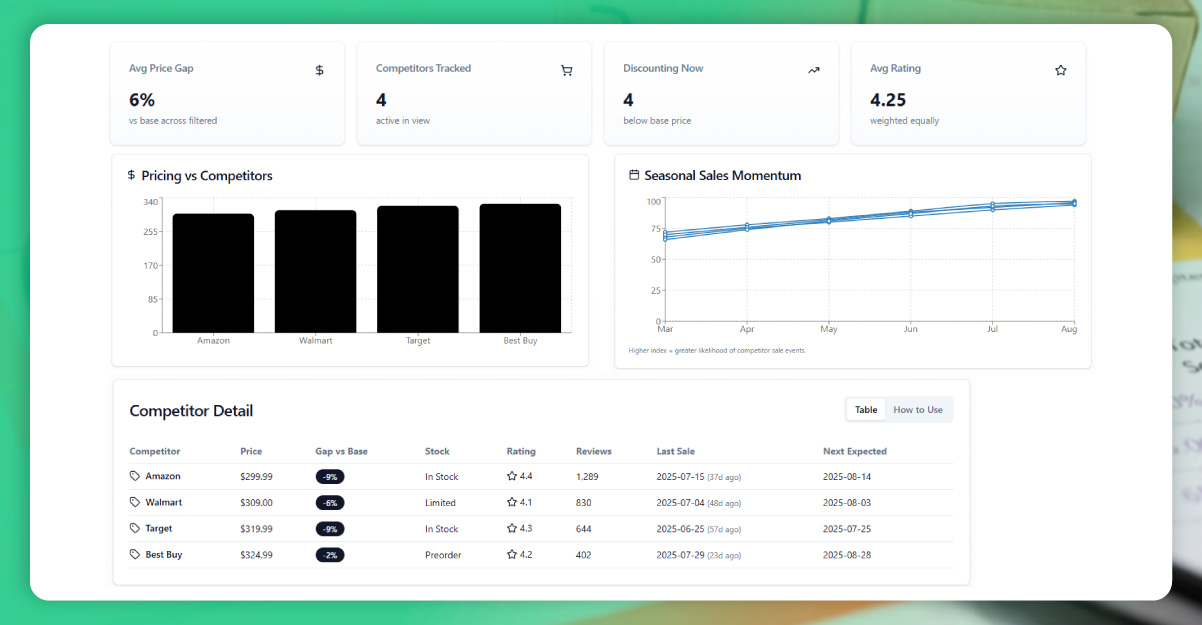
While monitoring keeps businesses informed, intelligence empowers them to act strategically. Retailers who Extract U.S. Retail Pricing Data for Monitoring & Intelligence can build models that anticipate competitor moves, align their discounts with consumer demand, and maximize profit margins.
Both monitoring and intelligence rely on data. Without accurate and timely information, strategies fall flat. That’s why web scraping has become the backbone of pricing strategies for modern retailers.
By using automated tools, businesses can scrape thousands of product listings from Amazon, Walmart, Target, BestBuy, or niche e-commerce sites. This data, once structured, feeds dashboards and analytics models.
For price monitoring, scraping provides daily or hourly updates on competitor prices. For price intelligence, the same data can be enriched with ratings, reviews, and demand signals, turning it into actionable insights.
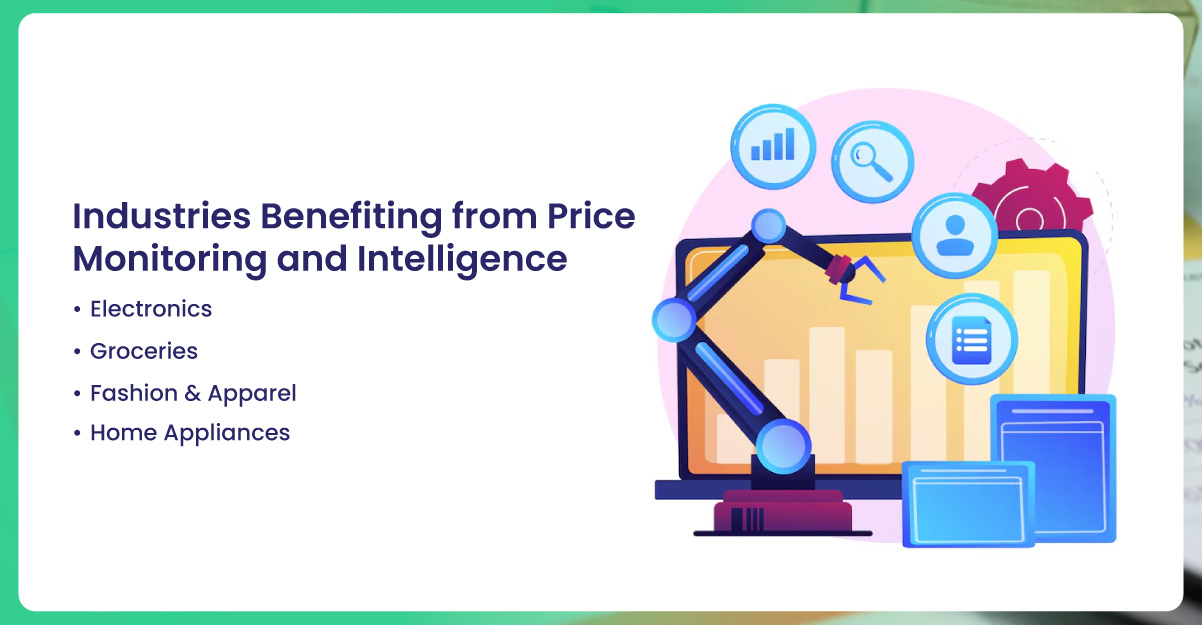
The U.S. retail market is vast, but some sectors particularly benefit from these strategies:
Across industries, businesses rely on Price Monitoring Services to stay competitive, adjust strategies, and safeguard profitability without compromising consumer trust.
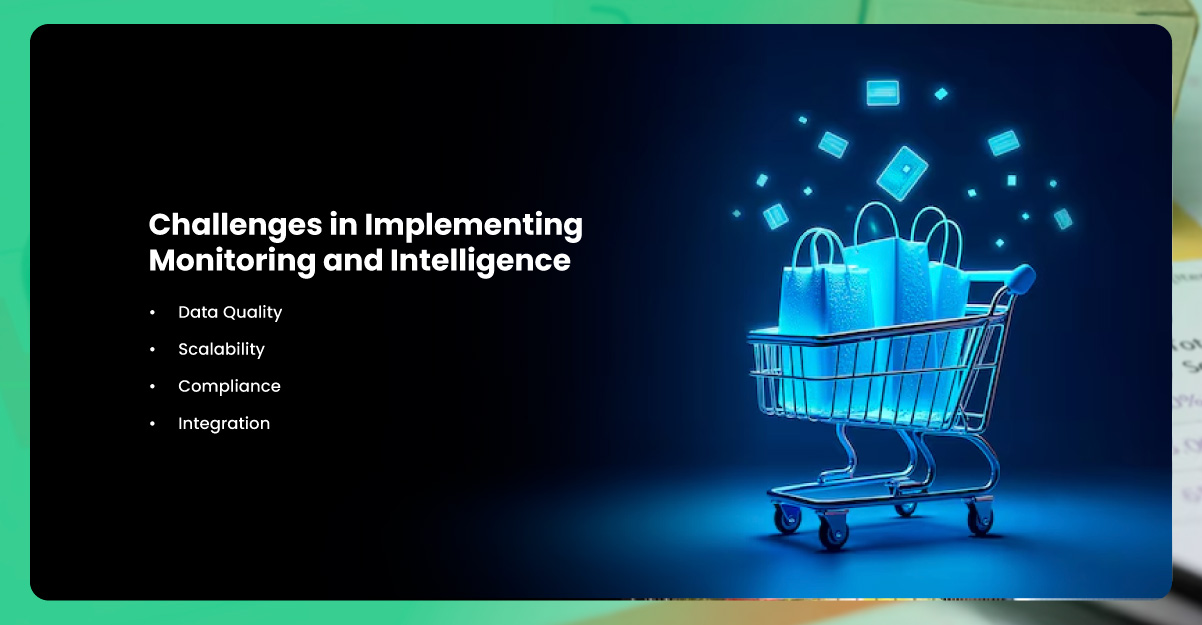
While the benefits are clear, businesses often face challenges:

Looking ahead, price intelligence will become more predictive. With advancements in AI and machine learning, retailers will forecast competitor actions and consumer responses. Instead of waiting for promotions to happen, businesses will design proactive strategies.
Retailers increasingly rely on tools that allow them to Extract Popular E-Commerce Website Data to identify pricing gaps and promotional opportunities. They also use an Ecommerce Product Ratings and Review Dataset to understand customer sentiment and how price influences purchase decisions. In addition, ECommerce Data Intelligence Services integrate monitoring with actionable insights, enabling businesses to stay agile and competitive in U.S. retail pricing.
